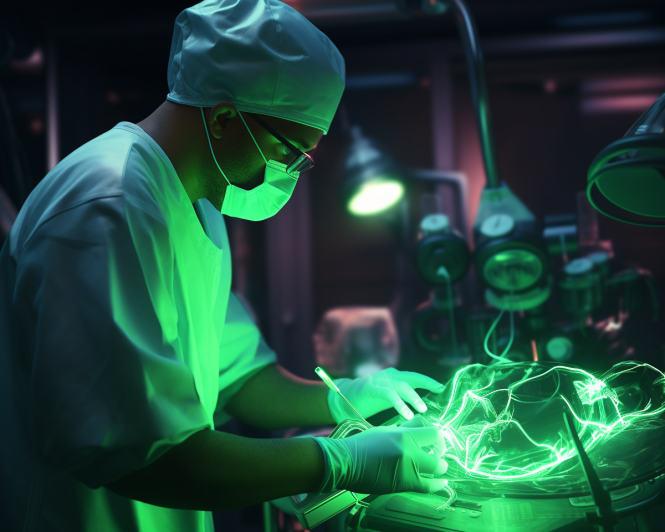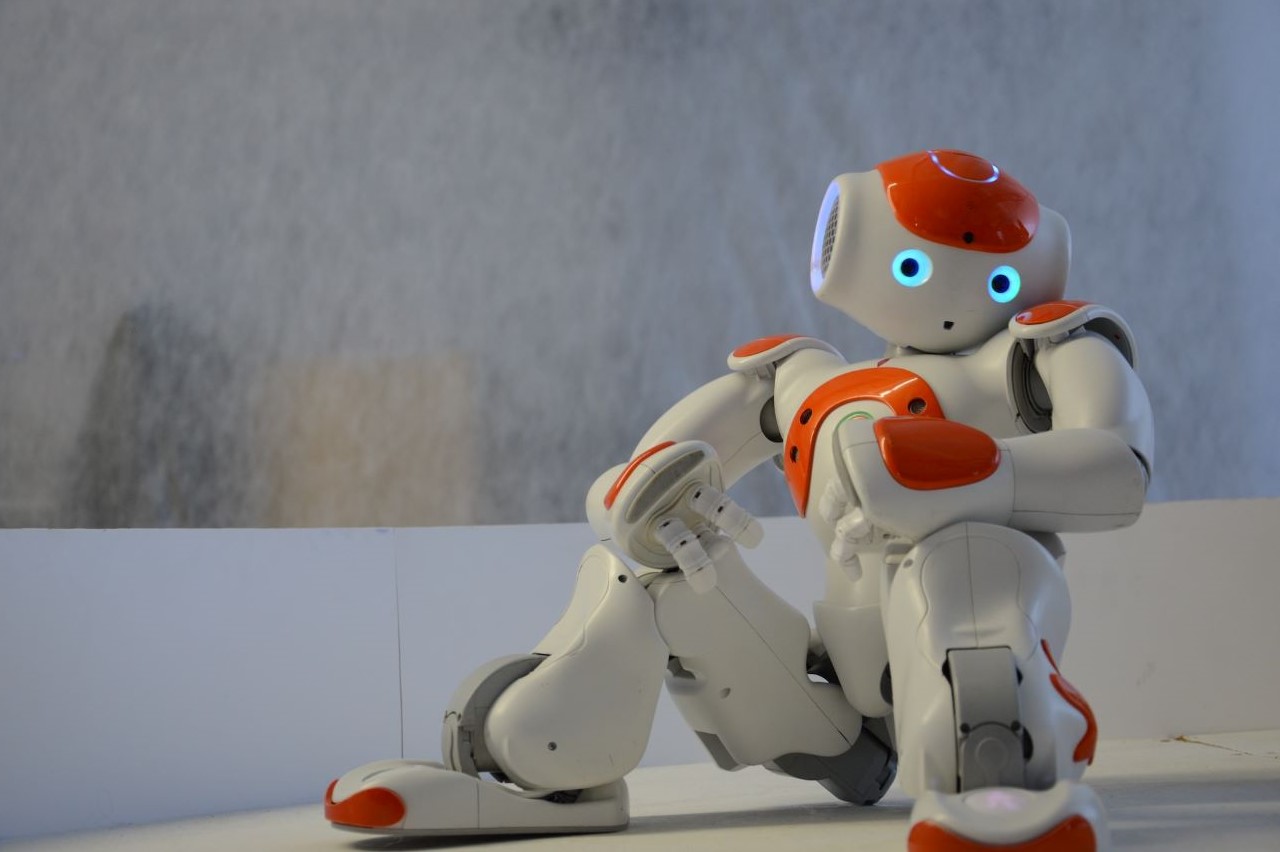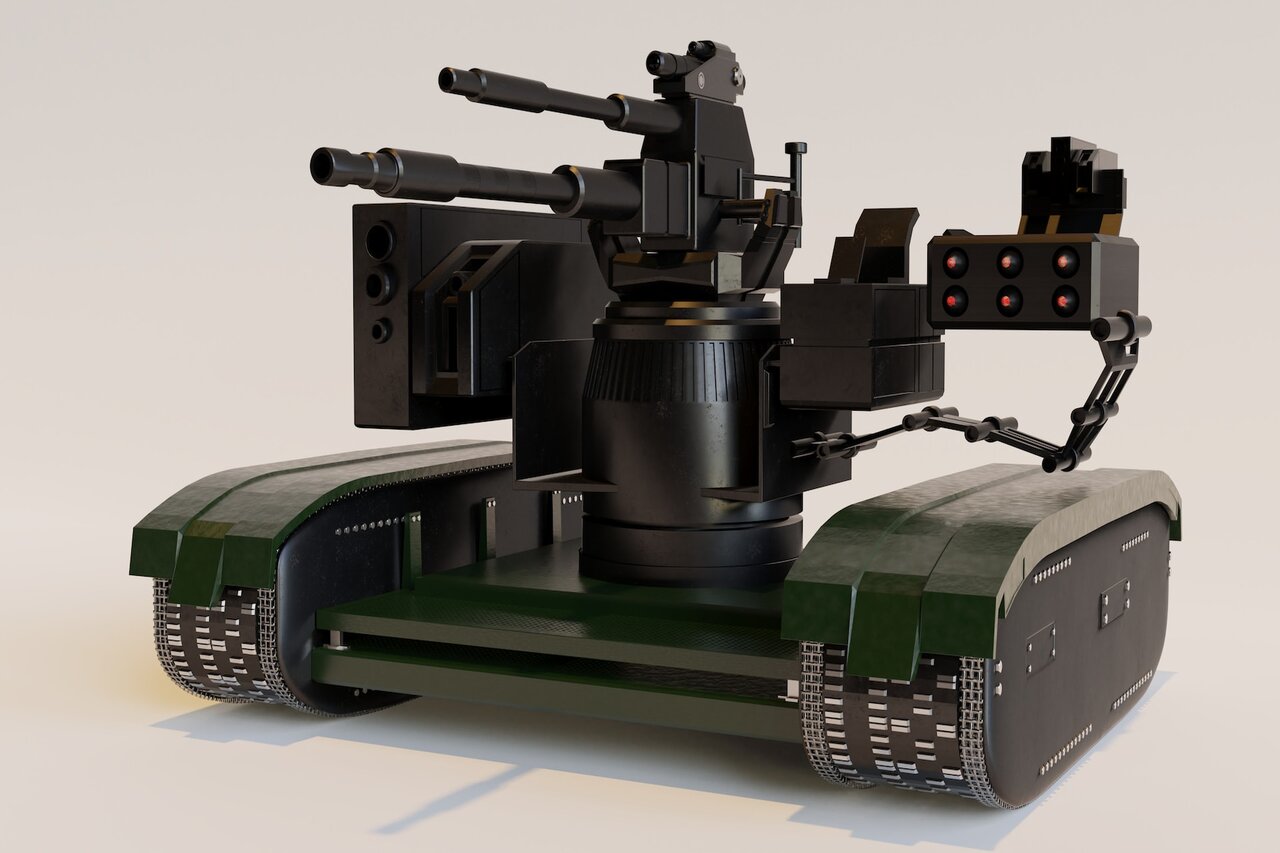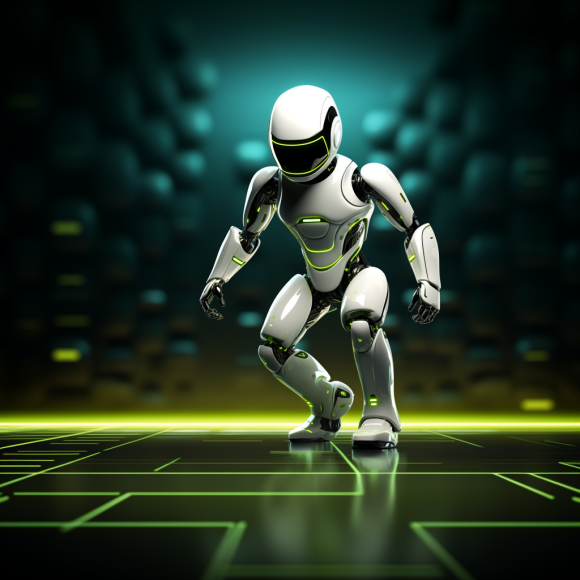Advanced robotics technology is no longer a mere far-fetched possibility that mainly exists in science-fiction media. It appears in businesses and even households around the world. You might ask yourself, “What can robotics technology do to improve the world and the lives of people living in it?” Let’s take a look.
Cobots Make Manufacturing and Warehouse Work Safer and More Efficient
Manufacturing brands must meet customer demands without taxing their employees too much. That’s why many use cobots to help get jobs done.
These robots can safely work around humans. They typically have sensors that make the machines stop moving or slow down when people get too close to moving parts.
Think of them as dependable, collaborative co-workers. They’re streamlined and often made for various uses around a factory, meaning there’s no need to keep them bolted to the floor and in one place as conventional robots were. Cobots save workers from repetitive strain injuries and free them up to do more exciting duties.
Amazon is one of the most well-known brands utilizing cobots. However, other companies are following suit. Some do it to keep up with seasonal needs.
In one recent example, Boots, a pharmacy and personal care brand in the United Kingdom, rolled out more than 130 cobots to assist workers with picking items for the millions of orders it expects in the upcoming holiday season.
Boots received one order every three seconds on Black Friday and anticipated processing six times the normal number of such transactions between Black Friday and Cyber Monday.
When a company’s workload ramps up, cobots can contribute by helping workers keep pace without getting worn out.
Robots Help Farmers Cope With Challenging Conditions
Agricultural professionals face an assortment of problems ranging from erratic weather patterns to an aging workforce. Those obstacles come on top of the often-cited issue whereby we need to figure out how to feed more people without delay.
Estimates show that the world population will reach nearly 10 billion by 2050. It’s at 7.5 billion now, so that’s a big jump in a relatively short time.
What can robotics technology do to help? Quite a lot, it turns out. For example, advancements in 3D farming robots address the labor shortage.
They also assist with crop monitoring and care. Some farmers use robots to meet specific needs. At one family operation in Ireland, three robots milk 170 cows, and the setup reportedly allows getting more milk per cow.
There’s no single way to tackle all the barriers that today’s farmers face. But as those professionals figure out how to keep the world fed while climate change and other factors make things difficult, they’ll likely depend on robots more often than before.
High-Tech Helpers Improve the Quality of Life for Users
Statistics show that 15% of the global population has a disability. Many developers build robots specifically to help those individuals, especially users that have physical challenges.
Recent research at Georgia Tech related to so-called robotic body surrogates that carried out some tasks for people with motor impairments. Robots could assist them in doing things like applying lotion, drinking from a water bottle or brushing their hair. These advancements could lead to more independence for severely disabled people, helping them feel more empowered and free to live how they prefer.
Disabilities can happen in numerous ways. Sometimes, they naturally occur as a person gets older and realizes some tasks are getting more difficult, or that they can’t leave the house as often. What can robotics technology do in those cases? Some people think robots could ease the loneliness older people often face.
Moreover, the machines could remind them to take medications or provide mind-stimulating games, for example. Mobile robotic telepresence (MRT) systems could also come in handy for people who cannot safely leave their homes for meetings.
The MRT physically moves around a space in place of a user while cameras and microphones let housebound people see and interact with others. Some surgeons use robots to increase the likelihood of successful procedures.
Of course, these advancements have sparked a debate about empowerment versus ethics. The conversation mainly centers on artificial intelligence (AI) and the need to keep humans safe.
When developers act ethically, they need to also make the robots behave within parameters that don’t cause undue harm to people.
Lots of Potentials to Explore
These examples show that responsible and purposeful applications of robotics technology could, indeed, change the world and help societies.
As such progress continues, those who implement robotics must be exceptionally cautious to stay aware of unintended consequences and not overlook them while focusing on the positives.
Recent Stories
Follow Us On
Get the latest tech stories and news in seconds!
Sign up for our newsletter below to receive updates about technology trends














